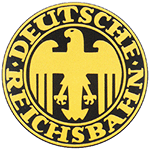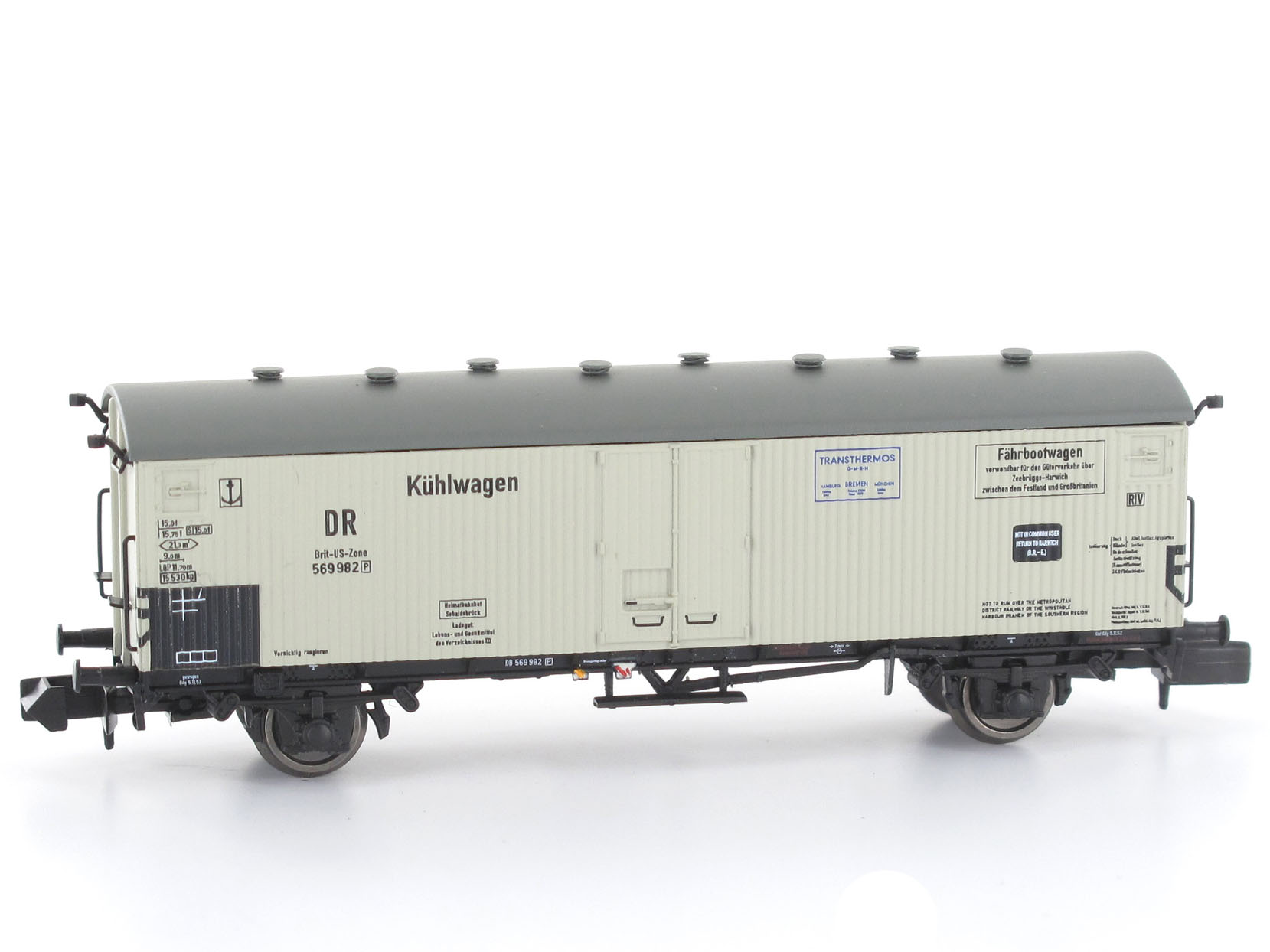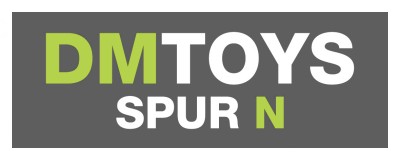Specific Item Information: For the use of freight wagons in traffic to Great Britain, freight wagons were required that corresponded to the smaller British clearance gauge and, in addition to the well-known air brake, had the suction air brake system common in Great Britain. For this purpose, the DRG procured, after covered wagons and stake wagons with hand brakes, from 1935 50 refrigerated cars in two lots, but without handbrake. The wagons had ice bins that were filled through the overhead doors. They were hired as Gfkhs Saarbrücken, later they were given the designation Tbnhs Berlin. Many survived the Second World War, around 20 came to the DB in 1950, some cars also to the DR. The DB rented around half of the Tbnhs to Transthermos, the rest were given the designation Tbnhs 30. 19 cars were still designated as UIC in 1964 -compliant type designation Icfrs 400 (epoch IV) intended, but most of them were taken out of service by 1969, as the railroad was too slow compared to the competition on the road, especially in refrigerated transport.
The Modellbahn Union gauge N models of the Tbnhs wagons in the scale 1: 160 are characterized by detailed design and printing. Different addresses as well as different paint conditions based on the usage time are also taken into account. All models have a close coupling link and NEM coupling pockets. The length overhang is 7.3 cm per car.
Road Name History:  The Deutsche Reichsbahn, also known as the German Reich Railway or the German Imperial Railway, was the name of the German national railway created from the railways of the individual states of the German Empire following the end of World War I.
The Deutsche Reichsbahn, also known as the German Reich Railway or the German Imperial Railway, was the name of the German national railway created from the railways of the individual states of the German Empire following the end of World War I.
The company was founded in 1920 as the Deutsche Reichseisenbahnen when the Weimar Republic, formally known as Deutsches Reich (German Reich, hence the usage of the Reich in the name of the railway), took national control of the German railways, which had previously been run by the German states. In 1924 it was reorganised under the aegis of the Deutsche Reichsbahn-Gesellschaft (DRG), a nominally private railway company, which was 100% owned by the German state. In 1937 the railway was reorganised again as a state authority and given the name Deutsche Reichsbahn (DRB). After the Anschluss in 1938 the DR also took over the Bundesbahn Osterreich (BBO, Federal Railway of Austria).
The East and West German states were founded in 1949. East Germany took over the control of the DR on its territory and continued to use the traditional name Deutsche Reichsbahn, while the railway in West Germany became the Deutsche Bundesbahn (DB, German Federal Railway). The Austrian Osterreichische Bundesbahnen (OBB, Austrian Federal Railways) was founded in 1945, and was given its present name in 1947.
In January 1994, following the German union, the East German Deutsche Reichsbahn merged with the West German Deutsche Bundesbahn to form Germany's new national carrier, Deutsche Bahn AG, technically no longer a government agency but still a 100% state-owned joint stock company.

The company was founded in 1920 as the Deutsche Reichseisenbahnen when the Weimar Republic, formally known as Deutsches Reich (German Reich, hence the usage of the Reich in the name of the railway), took national control of the German railways, which had previously been run by the German states. In 1924 it was reorganised under the aegis of the Deutsche Reichsbahn-Gesellschaft (DRG), a nominally private railway company, which was 100% owned by the German state. In 1937 the railway was reorganised again as a state authority and given the name Deutsche Reichsbahn (DRB). After the Anschluss in 1938 the DR also took over the Bundesbahn Osterreich (BBO, Federal Railway of Austria).
The East and West German states were founded in 1949. East Germany took over the control of the DR on its territory and continued to use the traditional name Deutsche Reichsbahn, while the railway in West Germany became the Deutsche Bundesbahn (DB, German Federal Railway). The Austrian Osterreichische Bundesbahnen (OBB, Austrian Federal Railways) was founded in 1945, and was given its present name in 1947.
In January 1994, following the German union, the East German Deutsche Reichsbahn merged with the West German Deutsche Bundesbahn to form Germany's new national carrier, Deutsche Bahn AG, technically no longer a government agency but still a 100% state-owned joint stock company.
Brand/Importer Information: Modellbahn Union is a hobbyshop in Kamen, near Dortmund, Germany. They also produce their own range in HO, TT and N scales.
Manufacturer Information: DM-Toys is a small company headquartered in Issum in the Lower Rhine area, Germany. DM-Toys has specialized in the wholesale trade and mail order of N scale products from all over the world. DM-Toys also operates its own small manufacturing in Germany. The majority of its goods is however produced for us abroad (UK, U.S., Japan and China).
Item created by: lukas.r.gray on 2022-09-23 03:29:23
If you see errors or missing data in this entry, please feel free to log in and edit it. Anyone with a Gmail account can log in instantly.
If you see errors or missing data in this entry, please feel free to log in and edit it. Anyone with a Gmail account can log in instantly.








